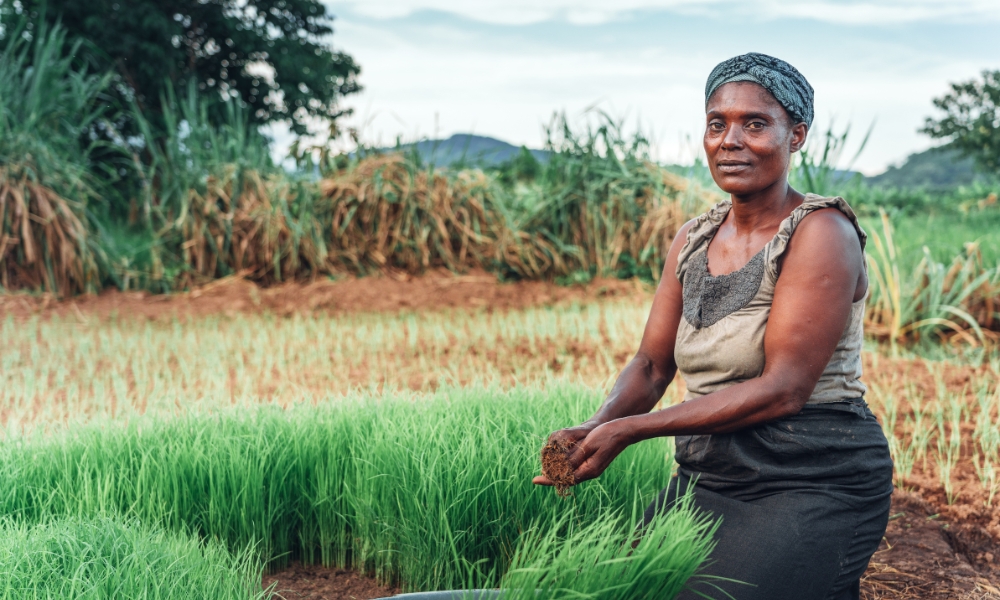Agriculture is the backbone of The Gambia’s economy, providing livelihoods for a significant portion of the population. The evolution of agricultural policies in The Gambia reflects the country’s efforts to address food security, promote sustainable farming practices, and enhance the sector’s productivity.
Past Agricultural Policies
Colonial Era and Independence
During the colonial era, agricultural policies focused on cash crop production, particularly groundnuts, for export. Post-independence, the government initiated programs to diversify crop production and improve food security. However, these efforts were often hampered by limited resources and infrastructure.
Structural Adjustment Programs
In the 1980s, The Gambia implemented structural adjustment programs that aimed to liberalize the agricultural sector and reduce government intervention. These programs led to the privatization of agricultural marketing and the removal of subsidies, which had mixed impacts on farmers.
Present Agricultural Policies
Vision 2020
The Vision 2020 policy, initiated in 1996, aimed to increase agricultural production, diversify crops, and promote sustainable farming practices. The policy emphasized the importance of irrigation, mechanization, and market access in enhancing the sector’s productivity and profitability.
National Development Plan
The National Development Plan (NDP) 2018-2021 builds on the Vision 2020 policy, focusing on modernizing the agricultural sector, promoting agribusiness, and enhancing food security. The NDP prioritizes investments in infrastructure, technology, and education to support the sector’s growth.
Future Agricultural Policies
Climate-Smart Agriculture
Future agricultural policies in The Gambia must prioritize climate-smart agriculture to address the challenges posed by climate change. Investments in climate-resilient crops, sustainable farming practices, and renewable energy can enhance the sector’s adaptability and mitigate the impacts of climate change.
Youth and Gender Inclusion
Promoting youth and gender inclusion in agricultural policies is crucial for the sector’s long-term sustainability. Policies that provide access to land, finance, and education for young farmers and women can encourage their participation and contribute to the sector’s growth.
Technology and Innovation
Integrating technology and innovation into agricultural policies can enhance productivity, efficiency, and sustainability. Investments in precision farming, biotechnology, and digital platforms can modernize the sector and improve farmers’ livelihoods.
Challenges in Implementing Agricultural Policies
Limited Resources
Implementing agricultural policies requires significant financial and human resources. Limited government budgets and donor funding pose challenges to the effective implementation of these policies.
Infrastructure Gaps
Inadequate infrastructure, including poor roads, limited storage facilities, and inefficient irrigation systems, hinders the agricultural sector’s growth. Investments in infrastructure are essential for enhancing productivity and market access.
Climate Change
Climate change poses a significant threat to The Gambia’s agricultural sector. Rising temperatures, changing rainfall patterns, and increased frequency of extreme weather events require adaptive policies and practices.
Conclusion
Agricultural policies in The Gambia have evolved to address the challenges and opportunities in the sector. By learning from past policies, building on present initiatives, and planning for the future, The Gambia can develop a resilient and sustainable agricultural sector that enhances food security, promotes economic growth, and improves farmers’ livelihoods. Addressing the challenges of limited resources, infrastructure gaps, and climate change is crucial for the successful implementation of these policies.


